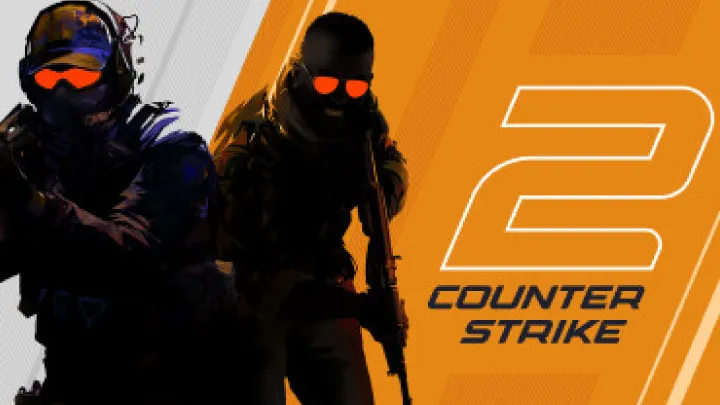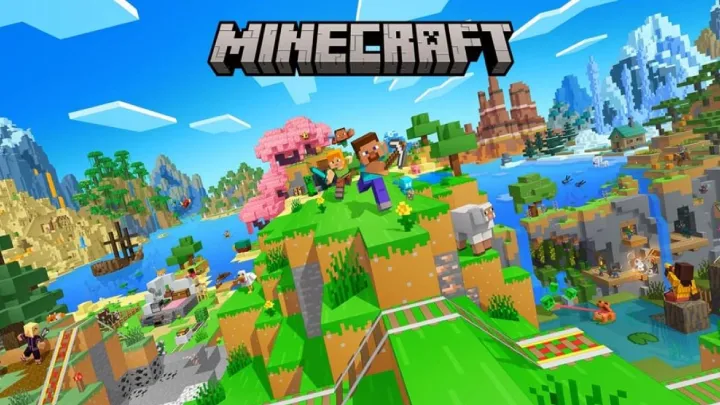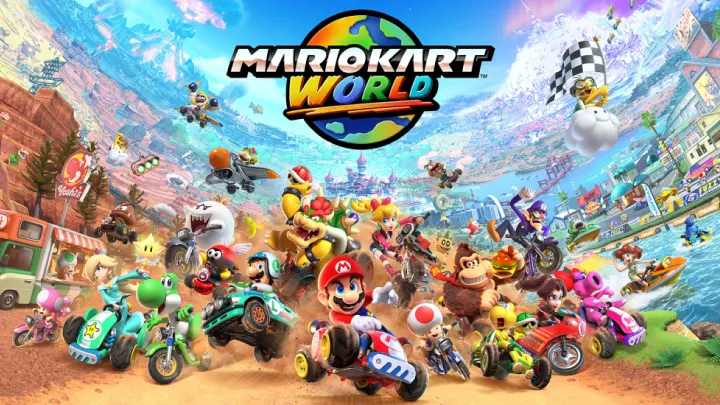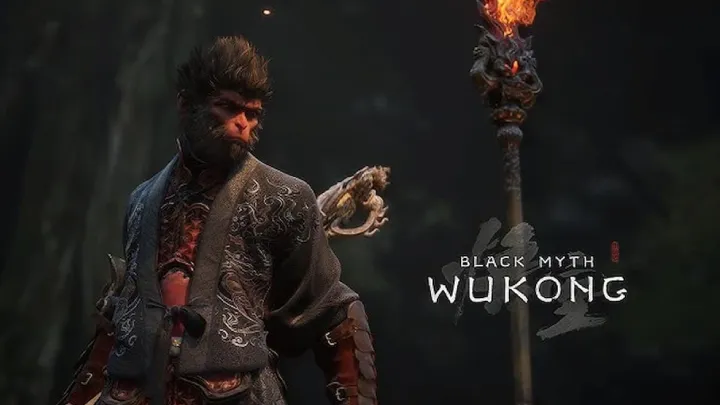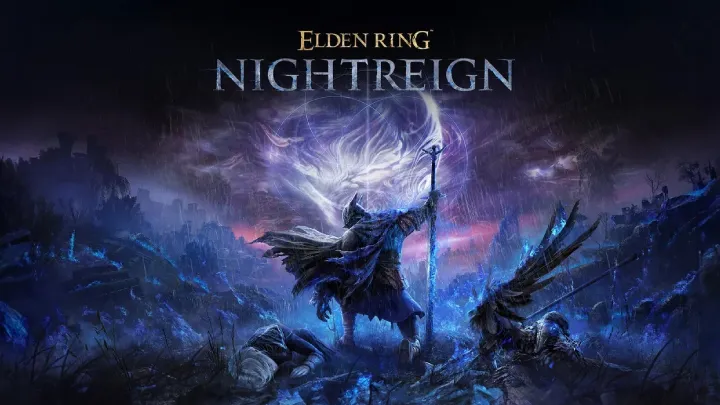Candy Crush Saga may look simple on the surface, but the true mastery of the game lies in understanding board control. Every move changes the structure of the candies, the possible combinations, and the cascading potential. In this blog, we will dive into a very specific aspect of Candy Crush that most players overlook: how to control your board state intelligently. Instead of relying on luck or fast swipes, you will learn to manipulate the board, set up chain reactions, and increase your success rate across difficult levels.
Understanding Board Flow and Candy Gravity

Many players swipe candies without realizing how gravity shapes the board. The direction candies fall determines where new opportunities appear. Recognizing these patterns is the foundation of board control.
Under this concept, each column behaves differently depending on blockers, empty spaces, and special tiles. When a candy drops into position, the arrangement behind it can either limit or expand future moves. Learning to predict these movements takes practice, but once you understand them, it becomes easier to set up multi-layered sequences.
Another important factor is the board’s shape. Not all boards are perfectly rectangular. Some levels have gaps or unusual patterns that redirect candy drop paths. Always study the board before making your first move. Treat it less like a match-3 puzzle and more like a physics-based layout where every action changes the flow.
Predicting Drop Patterns
Predicting candy drops means observing which columns refill faster and which ones stay empty longer. These gaps often allow special candies to form naturally when cascades happen. With practice, you can guide these cascades intentionally.
When to Avoid Cascades
Big cascades feel satisfying but can ruin strategic setups. If you’re building a Color Bomb or a Wrapped+Striped combo, avoid wild cascades that may break your arrangement.
Prioritizing the Bottom of the Board for Maximum Impact
Working at the bottom of the board is one of the strongest strategies in Candy Crush Saga. Moves made at the bottom shift the entire board more dramatically, creating natural cascades without having to force them.
When you move a piece near the bottom, you trigger a more substantial reshuffle of the candies above, increasing the chances of forming special candies. It also makes it easier to break through blockers because the downward pressure clears space faster.
However, working at the bottom must be done with intention. If you push the board too aggressively, it can disrupt setup moves you’ve planned near the top. So treat bottom moves as tools—not automatic habits.
Best Times to Work at the Bottom
Bottom moves are most effective when you need rapid clears, especially in levels with:
• multi-layered blockers
• licorice swirls
• chocolate spread
• honey blockers
When Top Moves Are Better
In levels that require collecting ingredients or activating specific tiles, working at the top or center may give you better control.
Creating High-Value Special Candies Consistently
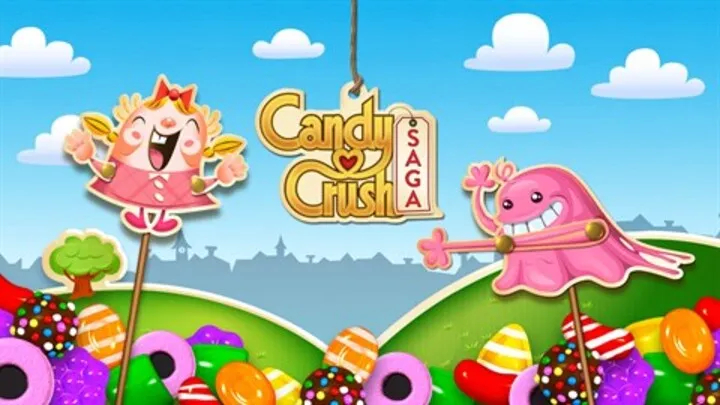
Special candies—Striped, Wrapped, and Color Bombs—are the backbone of high-level play. But instead of waiting for them to appear, you can create board conditions that encourage their formation.
To do this, watch for patterns such as near-miss T-shapes or L-shapes. Slight nudges can turn these into Wrapped Candies. Similarly, long horizontal or vertical matches can be prepared by aligning two rows simultaneously.
Learning to create these candies reliably is crucial for beating higher levels with fewer moves.
Color Bomb Setup Techniques
Color Bombs are the most valuable special candies. Focus on removing one color from the board temporarily; fewer colors means easier 5-candy matches.
Avoiding Accidental Triggers
Unintended activation happens when cascades disrupt planned combos. Keep combos slightly separated until you’re ready to trigger them.
Using Combo Mechanics to Break Difficult Blockers
Some blockers like Jelly, Frosting, Licorice Locks, and Sugar Chests require careful planning rather than brute force. Using combinations like Wrapped+Striped or Color Bomb+Striped provides maximum clearing power.
The key to handling blockers efficiently is to build your combo in the area where the blocker density is highest. Combos used far from the problem zone may look flashy but provide little value.
Best Combos for Multi-Layered Blockers
• Wrapped + Striped
• Wrapped + Wrapped
• Striped + Striped (in narrow boards)
• Color Bomb + Color Bomb (massive reset)
Avoid Using Combos Too Early
If you trigger a combo before unlocking essential spaces, you’ll waste momentum. Timing is everything.
Managing Limited-Move Levels Through Efficient Planning
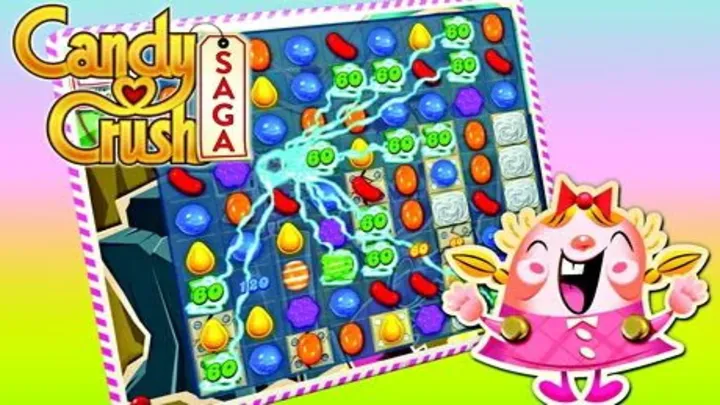
Limited-move stages require strict planning. You cannot afford wasted swipes. This part of the strategy focuses on analyzing the board before making your first action.
Count possible special candy setups. Identify key blockers. Determine if the level favors combos or precision matches. Only then should your actual gameplay begin.
First-Move Analysis
Before your first swipe:
• Look for a potential Color Bomb.
• Identify any locked candies.
• Locate the fastest-access path to destructible blockers.
Avoiding Low-Impact Moves
Never make a three-match just because it’s available. Make only moves that push the objective forward.
Breaking Cycles of Bad Boards
Some levels feel impossible because the board is stuck in a loop of low-value matches. Players often restart or waste boosters here, but the solution is board manipulation.
Focus on shifting rows and columns repeatedly to break seeds that cause repetitive patterns. Even small changes can open new opportunities.
Move Cycling Technique
Swap candies horizontally to change color groupings. Even if the move itself is small, the post-move alignment may be more favorable.
Booster-Free Resetting
You can reset a board’s slump by triggering cascades in the center rather than the edges.
Candy Color Reduction Strategy
The fewer colors present, the easier it is to create powerful matches. Certain levels naturally remove some colors; others require intentional play.
Remove one color repeatedly through matches or Color Bomb activations to simplify the board. This increases combo opportunities dramatically.
Identifying the Weakest Color
The weakest color is the one with the lowest presence. Eliminating it makes patterns more predictable.
Multi-Turn Color Reduction
Try removing the same color two or three times in a row before shifting focus.
Using Boosters Strategically Instead of Randomly
Boosters are valuable but often wasted because players use them impulsively. A well-timed booster can complete a nearly impossible level with ease.
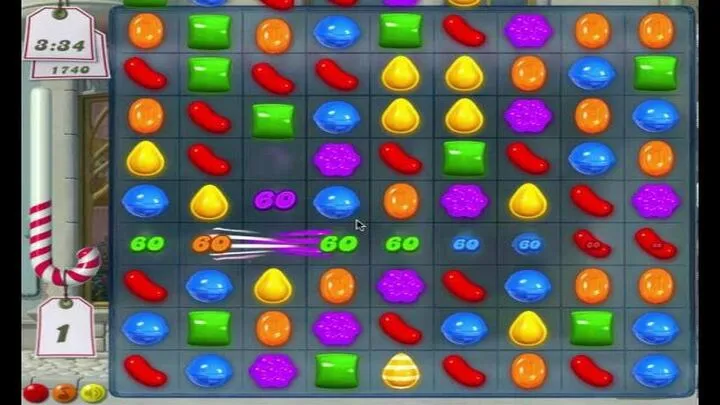
Best Booster Timing
Use boosters only when you already have a strong setup or when a single key obstacle blocks completion.
Avoid Using Boosters During Board Slumps
If the board is in a low-cascade state, boosters rarely help.
Understanding Objective Priority
Each level type demands a different mindset. Jelly levels require sweeping coverage, while ingredient levels reward center clearance. Recognizing what the level type demands is essential.
Common Level Types
• Jelly
• Moves-Restricted
• Ingredients
• Blocker-heavy
• Timed (classic mode)
How to Shift Strategy
Switch from special-candy focus to board-clearing focus depending on the level demands.
Endgame Decision Making
The final 10 moves often determine failure or success. During the endgame, focus on efficiency, special candy merges, and removing remaining high-value obstacles.
Endgame Checklist
• Are any combos ready to trigger?
• Are blockers still hidden at corners?
• Is a Color Bomb worth saving or using immediately?
Avoid Panic Moves
Stay calm. Rushed decisions waste opportunities. Evaluate each move like a puzzle, not a race.
Conclusion
Candy Crush Saga may appear simple, but deep strategic layers exist beneath the colorful exterior. Mastering board control transforms your gameplay and helps you clear levels that once felt impossible. By understanding candy gravity, prioritizing bottom-row manipulation, creating powerful combos intentionally, breaking bad board cycles, reducing unnecessary colors, and making smart endgame decisions, you’ll elevate your performance dramatically. This is how you stop relying on luck and start playing with mastery.








